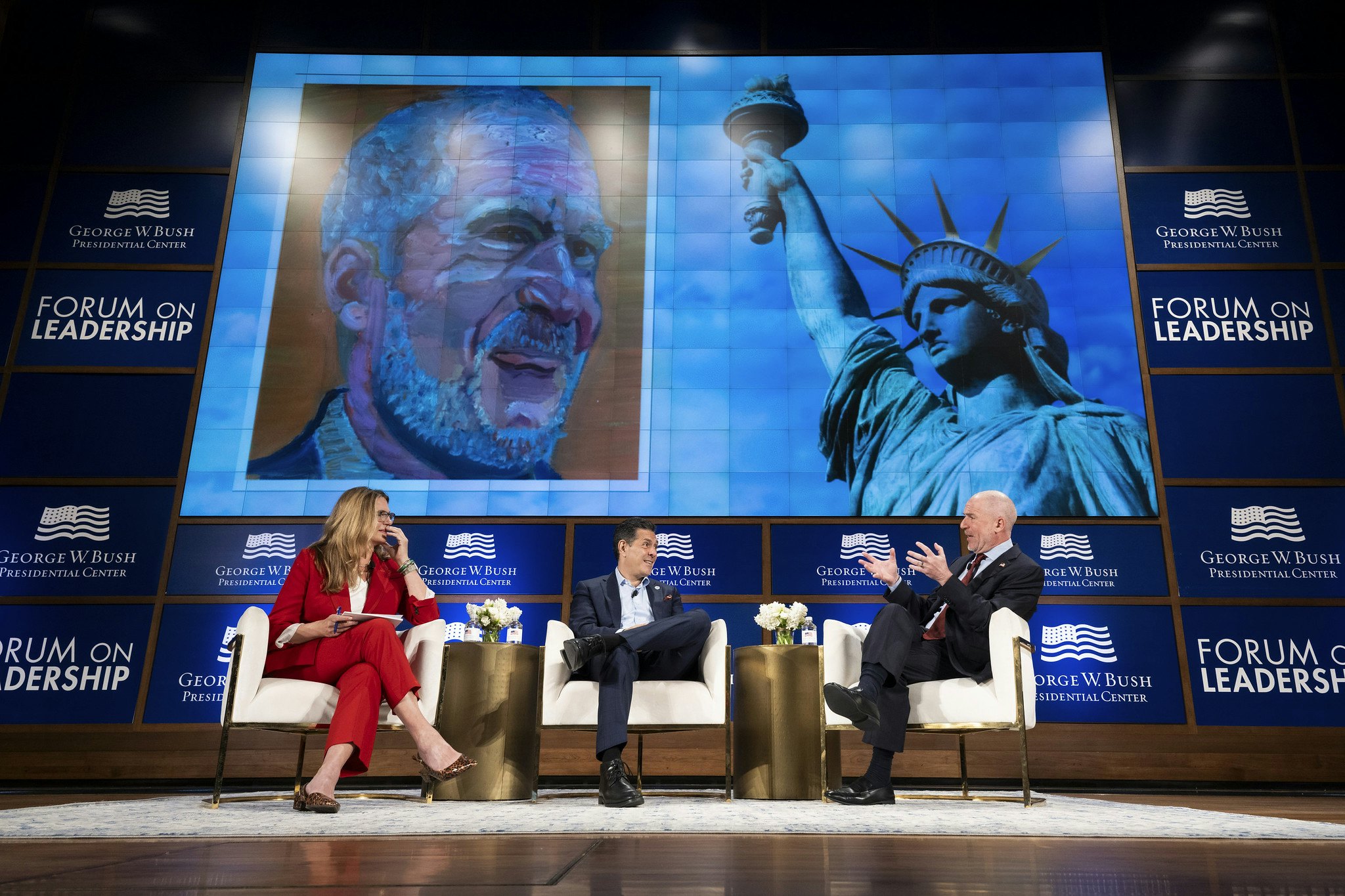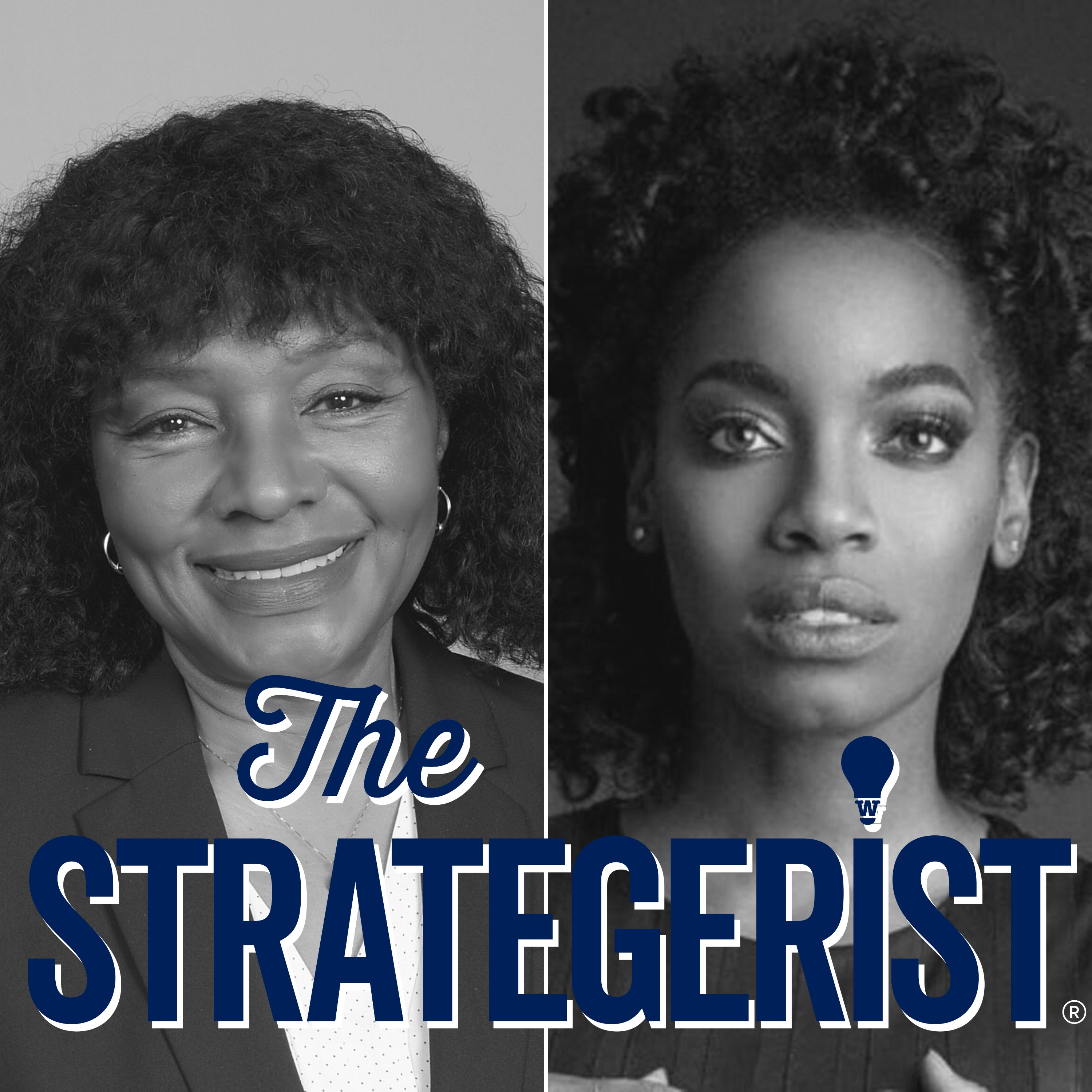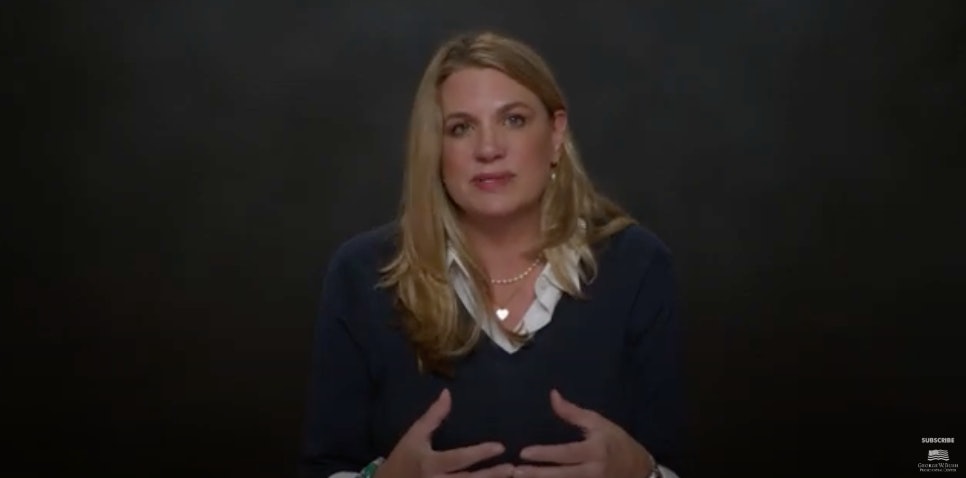Narratives are powerful. They shape our perceptions and actions, serving as mental shortcuts to make sense of the world. Amplifying the diverse stories of veterans can challenge stereotypes and foster a deeper, more nuanced perspective.
Some stories of service dominate, while others remain untold, creating imbalances in our collective understanding. Introducing alternative narratives can disrupt these entrenched patterns, prompting people to rethink their beliefs and choices regarding who veterans are and the support they might need.
One such story is that of the 6888th Central Postal Directory Battalion, also known as the “Six Triple Eight,” one of the most remarkable yet overlooked groups in military history. We heard the Six Triple Eight’s story earlier this month, when the Veteran and Military Families team at the George W. Bush Institute brought together over 100 leaders from government, nonprofit, and corporate sectors.
Some of our discussions centered around who we have overlooked among the veterans of this generation and of those before and how we missed them.
The Six Triple Eight was an all-Black, all-female unit during World War II tackling a massive backlog of 17 million undelivered letters in Europe. Stand-To Veteran Leadership Scholar Dennis Miller revealed their previously largely unknown story three years ago in his personal leadership project. It will reach wider audiences via an upcoming film by Tyler Perry Productions, starring Kerry Washington.
The work is a testament to storytelling’s power to elevate the unseen and unheard from an era in which most of the stories of war heroes and veterans are of White men.
Led by Major Charity Adams, the women of the Six Triple Eight faced racism and sexism yet worked tirelessly in harsh conditions to sort and deliver the mail with incredible efficiency. They completed their mission in half the expected time, recognizing the critical role mail played in maintaining troop morale. Their motto: “No Mail, Low Morale.” But until recently, few had heard their story.
This is an example of a previously overlooked veteran narrative.
At the convening this month, I had the privilege of moderating a panel on veteran narratives – how they are shaped, their impact, and the stories that remain untold, particularly among marginalized voices.
Inclusivity in military narratives is not just a matter of fairness – it’s essential for effective leadership. Leaders who embrace diverse experiences are better equipped to inspire innovation, build trust, and nurture future leaders who respect the full spectrum of service.
Today, the leadership of veteran service organizations leadership is homogenous, mostly male and White. Therefore, succession planning offers a critical opportunity to ensure that diverse perspectives shape the future of leadership in these organizations.
The goal of our convening was to evaluate the current veteran landscape and explore solutions for future challenges. Together, we reflected on how society has supported the veteran community in the past, how we do so today, and how we, as leaders, can shape the future.
We wanted to foster a sense of collective effort and rejuvenate the leaders of these organizations. We considered how to ensure unique support for different groups, what drives our priorities, and whom we serve first.
I believe it all begins with the narrative.
Engaging with marginalized voices and advocating for their recognition can transform the military narrative into one that truly reflects our society’s diversity. By creating platforms for these voices, we empower future generations of leaders to build a more agile and effective ecosystem for veterans, rooted in a deeper, more nuanced understanding of their experiences.































